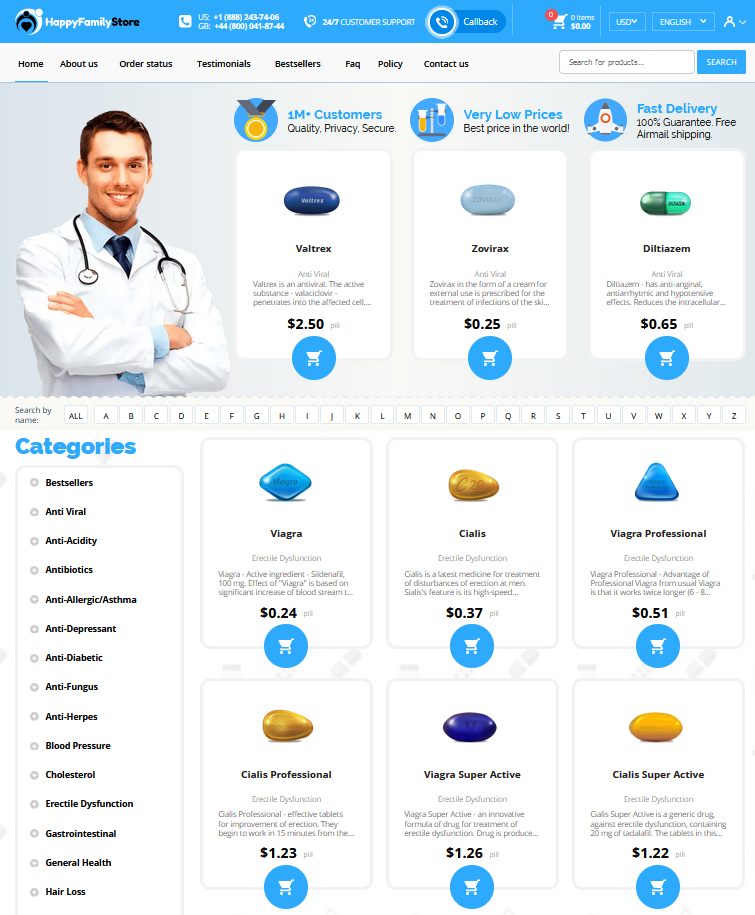Understanding Symbicort: a Quick Overview Symbicort is a combination medication primarily used to manage asthma and chronic obstructive pulmonary disease (COPD). This inhaler combines two active ingredients: budesonide and formoterol. Budesonide is a corticosteroid that helps reduce inflammation in the airways, while formoterol is a long-acting beta-agonist that aids in relaxing and widening the airways for easier breathing. Together, they offer a potent solution for improving respiratory symptoms and enhancing life quality. The immediate benefit of this dual-action inhaler lies in its capacity to address both inflammation and muscle constriction within the airways. By doing so, Symbicort provides both short-term relief and long-term control of symptoms, reducing the frequency of asthma attacks and pulmonary episodes. This harmonized approach helps patients regain control over their respiratory health. The Science Behind Symbicort: Ingredients and Their Role
The Science Behind Symbicort: Ingredients and Their Role
Component
Function
Budesonide
Reduces inflammation in the airways
Formoterol
Opens airways by relaxing muscles
The Active Ingredients: Budesonide and Formoterol

In every puff of the Symbicort inhaler, two pivotal components, budesonide, and formoterol, work in unison. Budesonide, a corticosteroid, delves deep into the lungs, where it diligently diminishes inflammation by inhibiting the release of inflammatory substances, thus soothing the sensitive airways. Meanwhile, formoterol, a long-acting bronchodilator, plays a crucial role in relaxing tightened bronchial muscles. This dual action eases breathing difficulties, offering a comprehensive approach to managing respiratory conditions like asthma and chronic obstructive pulmonary disease (COPD).
How Budesonide Reduces Inflammation in Airways
Budesonide, a core component of the Symbicort inhaler, is a potent corticosteroid that targets inflammation with precision. By binding to specific glucocorticoid receptors in airway cells, it initiates a cascade of processes that lead to the suppression of inflammatory mediators—such as cytokines and leukotrienes. This action reduces swelling and irritation within the bronchial tubes, thereby enhancing airflow and easing breathing difficulties. Over time, consistent use helps maintain inflammation control, offering relief from persistent symptoms for patients with conditions like asthma and COPD.
The Role of Formoterol in Bronchodilation

Formoterol is a critical component of the Symbicort inhaler, primarily due to its long-acting bronchodilator properties. It works by targeting beta-2 adrenergic receptors in the lungs, which are crucial for relaxing the muscle bands that tighten around airways, thus facilitating easier breathing. This improvement in airflow is essential for individuals with asthma or chronic obstructive pulmonary disease (COPD), providing quick relief that lasts up to 12 hours. Formoterol's rapid onset empowers patients to experience immediate improvement in symptoms, contrasting with some medications that require time to achieve efficacy. This allows individuals to maintain an active lifestyle with fewer interruptions due to respiratory distress.
The Synergistic Effects of Combining Ingredients
The symbicort inhaler uniquely combines budesonide and formoterol, creating a powerful duo that enhances respiratory therapy. Budesonide, a corticosteroid, effectively reduces inflammation in the airways, while formoterol, a long-acting beta-agonist, provides bronchodilation by relaxing the muscles around the airways. When combined, these medications not only address inflammation but also enhance airflow, leading to more comprehensive respiratory relief. This synergistic interaction maximizes therapeutic outcomes, allowing individuals with asthma or COPD to experience quicker and more sustained improvements in lung function.
| Ingredient | Role |
|---|---|
| Budesonide | Reduces airway inflammation |
| Formoterol | Provides bronchodilation |
Together, budesonide and formoterol work in harmony, significantly enhancing the treatment process. The synergy between these ingredients in the symbicort inhaler leads to a quicker response, with formoterol offering rapid relief from bronchoconstriction, while budesonide manages inflammation for prolonged effect. This combination ensures that not only are symptoms controlled but also the underlying inflammation that can cause exacerbations is effectively managed. Consequently, this dual-action approach minimizes the frequency of flare-ups, promoting a more stable and healthy respiratory function.
Exploring Potential Side Effects and Considerations
When using Symbicort, it's essential to be aware of potential side effects, which can range from mild to severe. Common side effects include a sore throat, headache, and cough, while more serious reactions might involve adrenal suppression or increased heart rate. It's crucial for patients to monitor their symptoms and consult healthcare providers if severe side effects occur. Understanding these effects helps in making informed decisions about using the medication.
Moreover, considerations such as pre-existing health conditions and current medications play a significant role in Symbicort's efficacy and safety. It's vital to have personalized medical advice to prevent adverse interactions and maximize therapeutic benefits. American Thoracic Society Electronic Medicines Compendium
